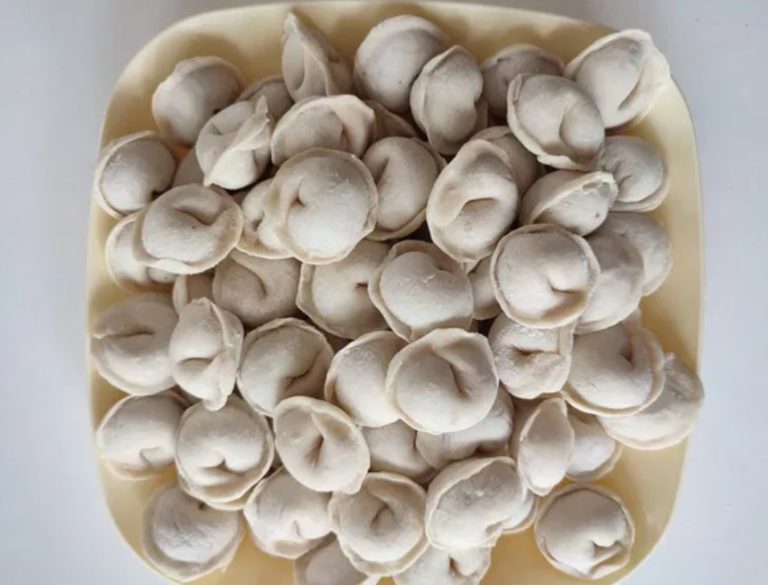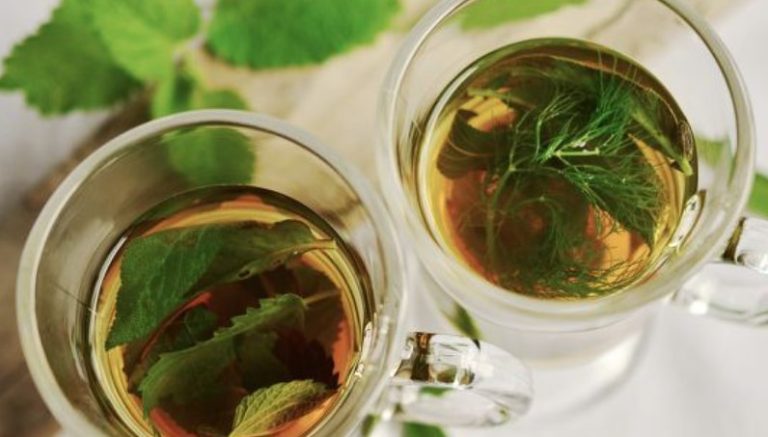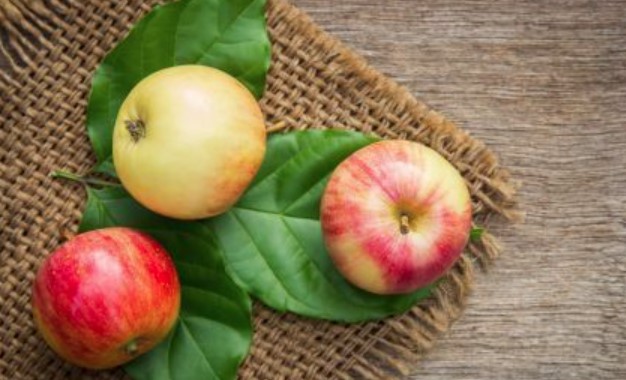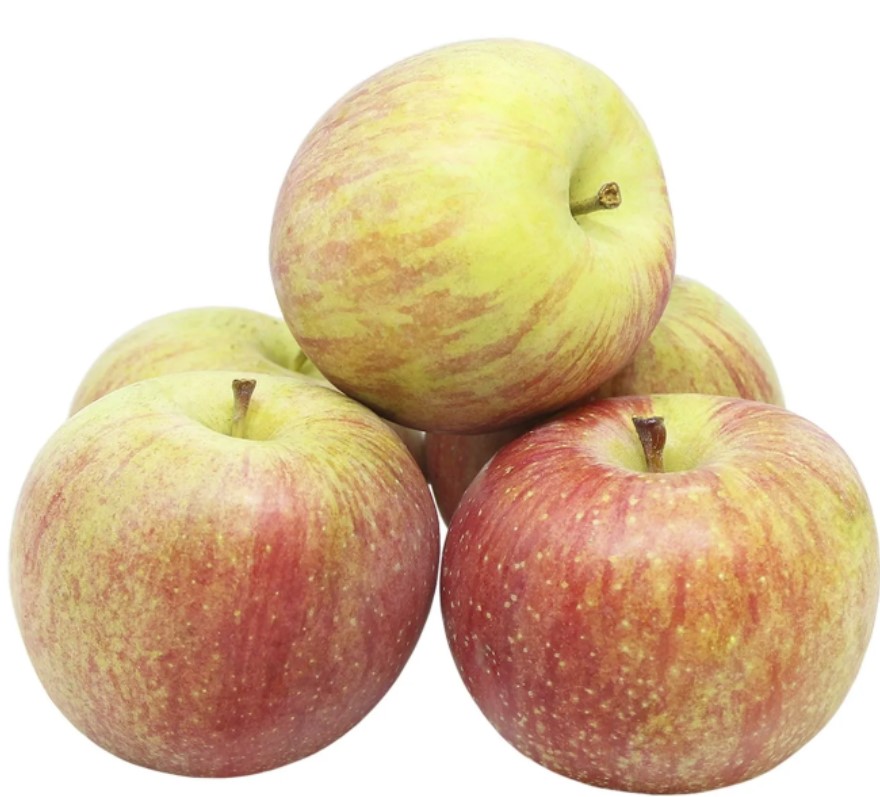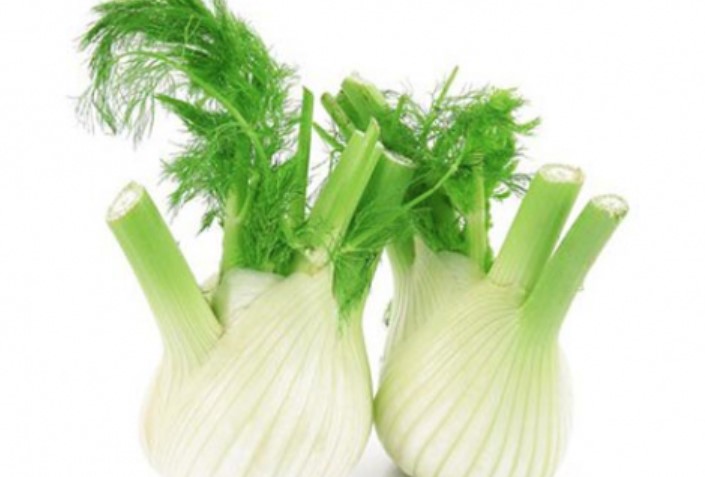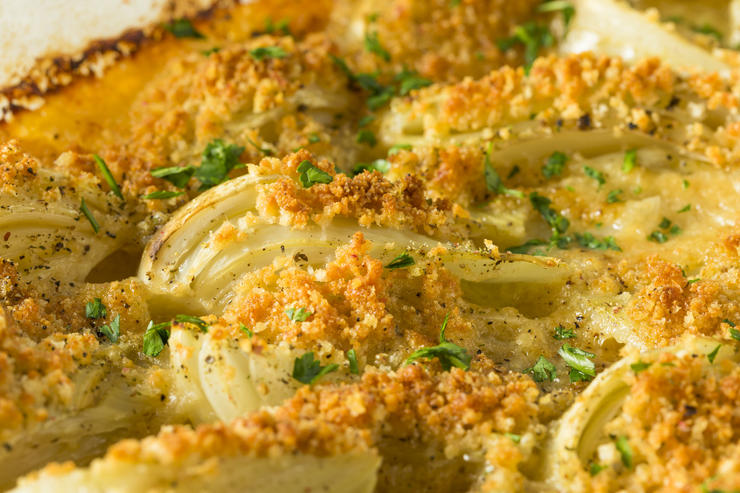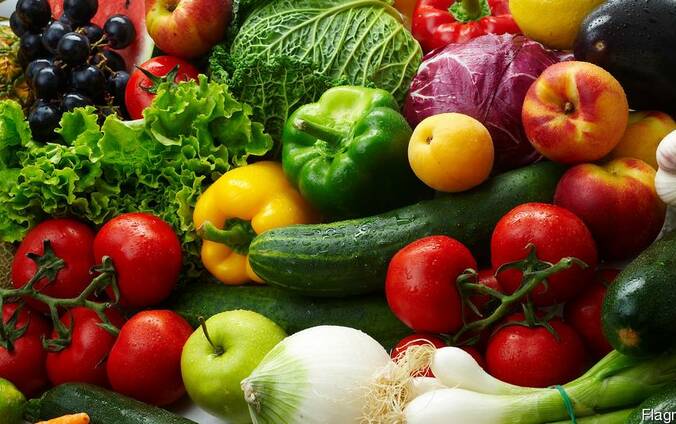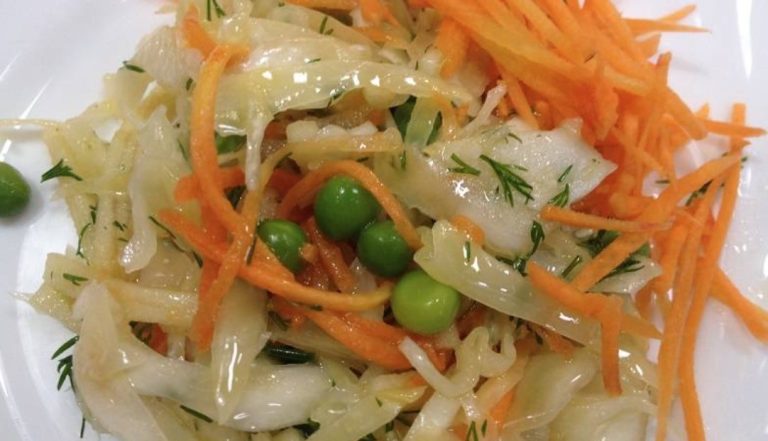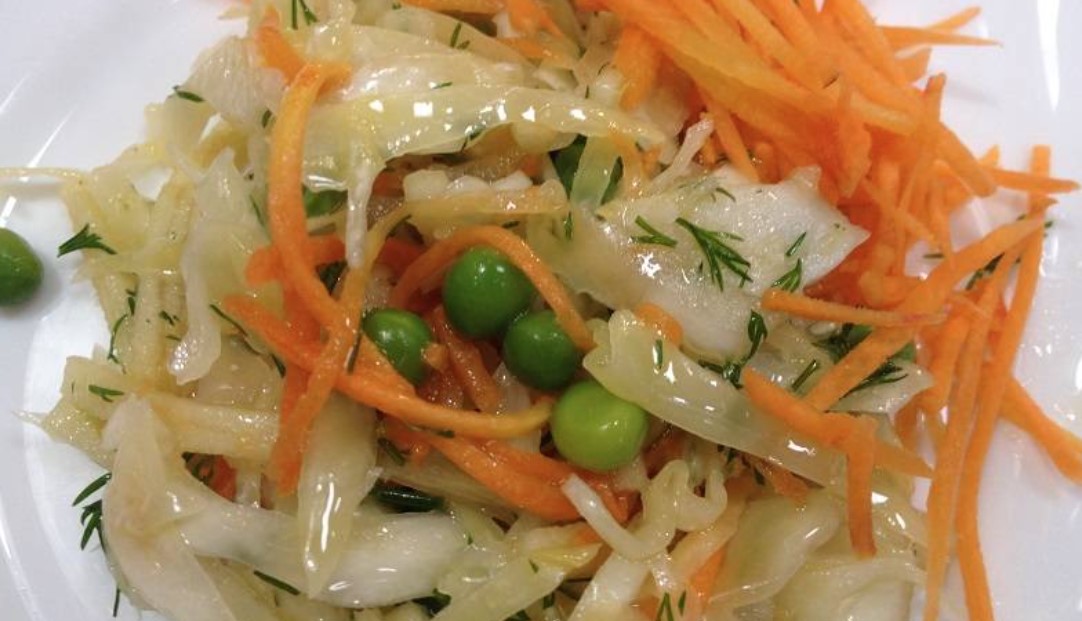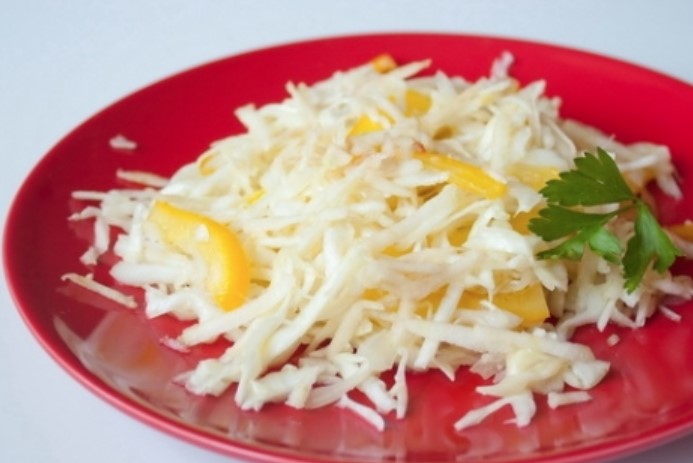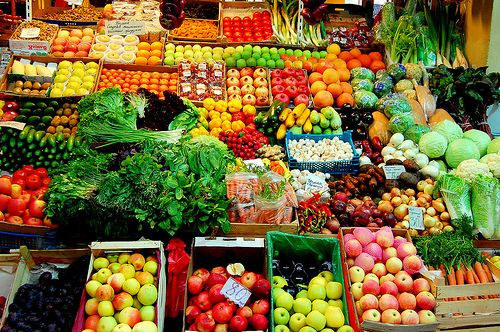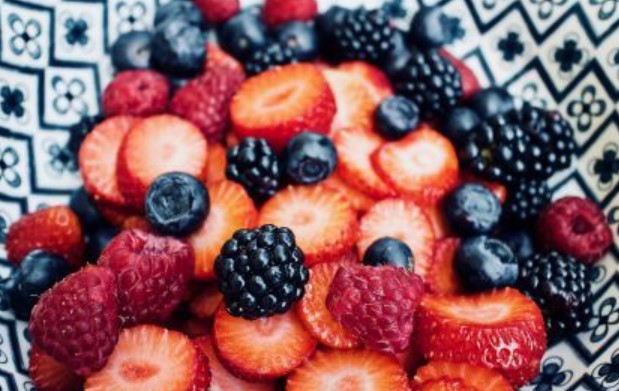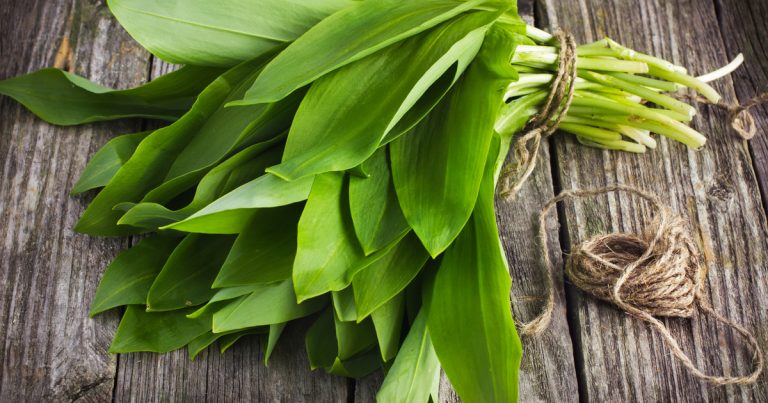Every year, from New Year’s Day to Easter, you hear new and old suggestions on how best to implement the good intention of “finally losing weight” – the low-carb diet is a classic. Right?
To put it simply, the low-carb diet is about consuming fewer carbohydrates, as these are considered “fatty foods”. Instead, protein meals are supposed to make the body believe it is hungry and force it to burn fat.
Depending on the low-carb nutrition plan, one to all meals a day should be prepared with as few carbohydrates as possible. As a result, the pounds should tumble. That doesn’t happen, because no diet can do it quickly and easily. Losing weight with low carb is very possible – but only if you change your diet in the long term and don’t shy away from more sport and exercise.
Everyone can get in – something with these 5 low-carb recipes that focus on protein. In the supermarket there is also a growing number of industrial foods and cookbooks, from low-carb bread to low-carb pasta and low-carb pizza, everything is there. Because you can make money with diets and corresponding products.
But is all this really necessary? So we took a closer look at the nutrition trend.
Low-carb diet: only for healthy people
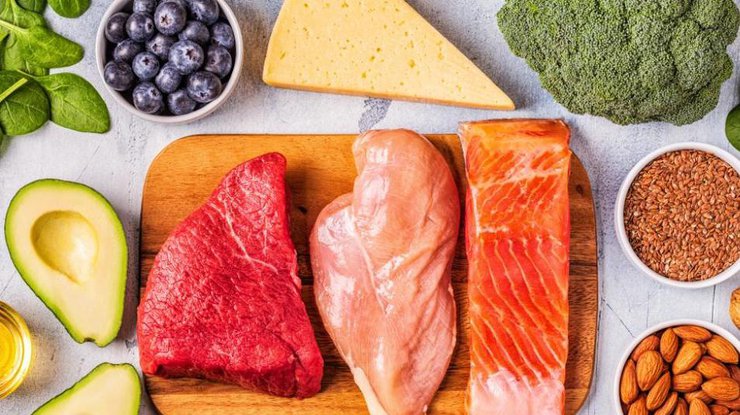
Basically, all metabolic processes and quantity recommendations in this article refer to healthy people. For example, someone who already suffers from type II diabetes due to being overweight has a different metabolism and therefore needs different nutritional recommendations.
Low Carb: Diet without carbohydrates
Carbohydrates are basically a very good source of energy, which benefits our muscles and brain. If you eat the right carbohydrates in the right amount, you won’t get fat. Carbohydrates can keep you full for a long time and ensure, among other things, that the body forms the so-called happiness hormone serotonin.
If you always eat enough carbohydrates, you will also do something good for your soul: you will become more resistant to stress, keep your mood and have a lower risk of developing depression. Because: Perhaps you have already noticed that many people are in a bad mood during a diet and when losing weight, are more easily stressed and do not seem happy.
There are two different types of carbohydrates:
complex carbohydrates (bread, pasta, rice, potatoes, grain products, muesli …), i.e. starch products, and
simple carbs (fruit, candy, cookies…), meaning things with sugar
The body converts both types of carbohydrates into glucose, but at different rates. Complex carbohydrates are absorbed into the blood more slowly in the form of glucose than simple carbohydrates. Prerequisite for a long-term low-carb diet: at least one meal per day contains complex carbohydrates.
It’s not like complex carbohydrates are any better for losing weight. But the simple carbohydrates definitely carry the risk of weight gain.
Eating carbohydrates raises blood sugar levels, which leads to insulin release. Insulin is a metabolic hormone that ensures that the glucose from the meal is also transported into the cells and stored as glycogen. As long as this process is going on, the body can’t get to its fat deposits, and therefore your love handles can’t get to the collar either.
The consumption of carbohydrates is therefore unproblematic as long as you allow the body time between meals to burn up the nutrients transported into the cells. During this time, for example, you should not eat any more carbohydrates and also refrain from anything else that would raise the insulin level again, such as consuming high-calorie drinks or snacks.
Carbohydrates in themselves are neither unhealthy nor bad, but an important nutrient for muscles, brain and psyche! The clever low-carb diet is less about losing weight and more about not gaining weight through the wrong carbohydrates thanks to a sensible change in diet.
Is protein better than carbs for weight loss?
Of course, you also need protein, and every balanced meal includes a source of protein. Also read: Vegetable protein: These foods provide a lot of protein. The protein is broken down into amino acids in the body, which do not increase the blood sugar level and therefore do not initially lead to insulin release.
However, a few of these amino acids cause the body to start producing glycogen itself. What is intended as an “emergency program” in order to still have energy in times of hunger no longer makes sense in modern everyday life, but it nevertheless leads to an increase in blood sugar levels and thus to a release of insulin. However, this only happens after about six to eight hours.
A meal that contains no carbohydrates and consists only of protein only leads to an interruption in fat burning after many hours due to the delayed release of insulin. If you avoid carbohydrates, you can give your body at least six hours more time to burn fat. That’s why the low-carb diet is so often recommended for weight loss.
Does the low carb diet really work?
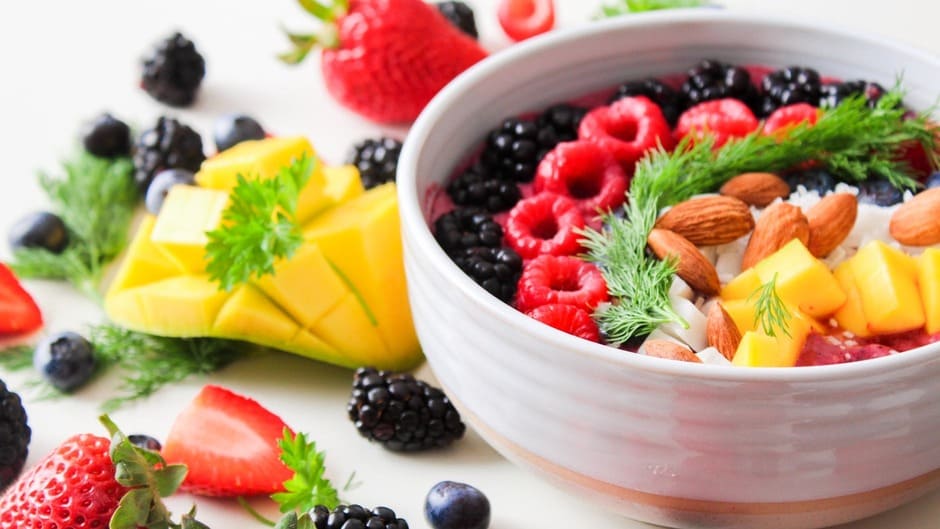
First of all: No “diet” works in the long term – unless you also follow this diet in the long term. A change in eating habits is therefore better than a short-term diet. And they can very well include aspects of a low-carb diet.
Ideally, with a low-carb diet, one or two of the three meals a day are prepared according to low-carb. If possible, such a meal contains a lot of protein, no carbohydrates and only a little high-quality vegetable fat in order to avoid an increase in insulin levels and the associated interruption in fat burning.
However, it is important not to eat or drink anything between meals, which increases the blood sugar level and thus leads to the release of insulin. Snacks, fruit, coffee with milk and other solid or liquid carbohydrates between meals are completely taboo.
The low-carb diet allows snacks, but these are generally not recommended because they train the wrong eating habits with snacks between meals.
Because protein also leads to a (delayed) insulin release, it makes sense to fill the time of this insulin release with a carbohydrate-rich meal in order to make at least a minimum of it available to the muscles, brain and psyche. A balanced, mixed-food meal with at least 50 percent complex carbohydrates (preferably whole grain) is advisable here.

